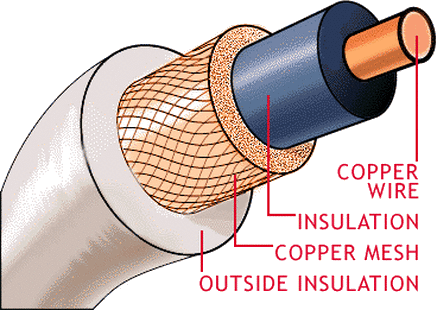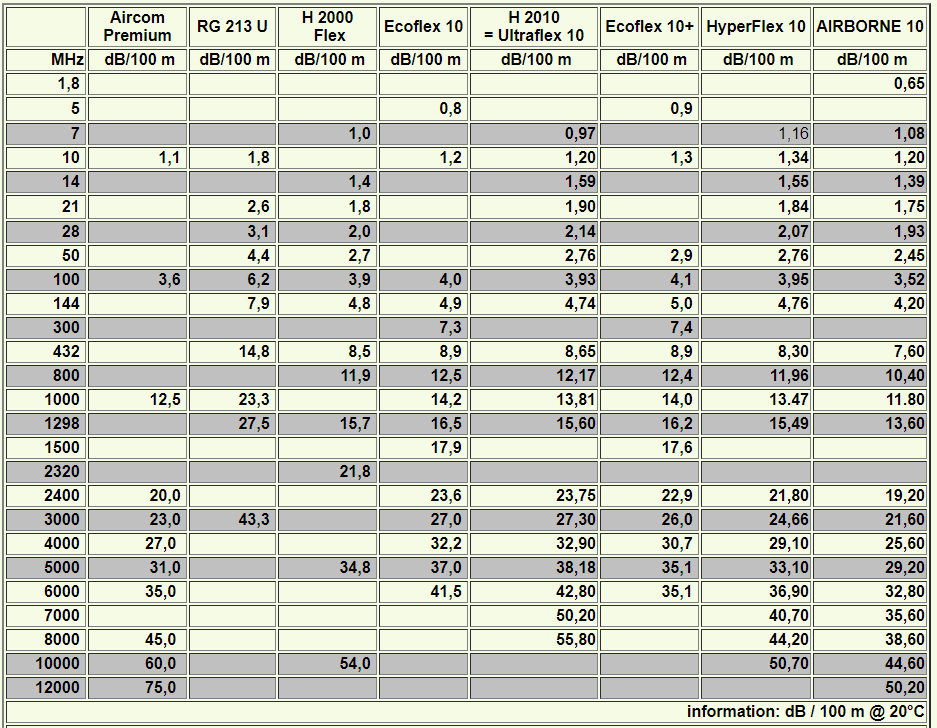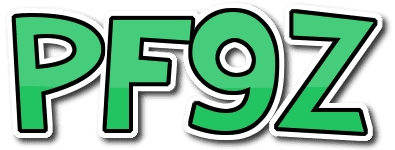To build a HF station we need some essential components and some optional ones. Now I will discuss the feedline between equipment and the antenna which is commonly Coax cable and the common connectors used in Amateur Radio.

Regardless of whether you are operating at HF, VHF or UHF, the quality of your feed line is critical to your station. The feed line (also called the transmission line) is the RF power conduit between your radio and your antenna. All the energy you generate travels to the antenna through the feed line. By the same token, all the signals picked up by your antenna must reach your radio through the same feed line.
The problem with any feed line is that it isn’t perfect—it always loses a certain amount of the energy. To complicate matters, all feed lines are not created equal. The amount of loss at any frequency will vary considerably from one type of feed line to another.
The most common type of feed line is coaxial cable, or simply coax. It is called coaxial because there are two circular conductors positioned “co-axially” one inside the other. The inner conductor is usually called the “center conductor.” It is surrounded by a solid or multi-stranded outer conductor commonly called a “shield.” The shield is usually surrounded by an insulating plastic jacket. There is also insulating material between the center conductor and the shield. This insulator material can be hard plastic, foam plastic or even air.
There are many types of cable to choose from and it can be confusing to chose the best one. I’ll cover the most common choices of cable to get you started. We’ll focus on the most popular cables, with 50 ohm impedance to match the output impedance of our transceivers.
Let’s compare defierent types of 10mm HF-cable

First off is my NO CONNECTOR AT ALL Warning
Certain antennas and feedline, like twin lead or random wire or loop antennas on HF use bare wire connections with no traditional connectors at all. When working with feedline that has no connector just as a warning these wire connections may not be insulated, so don’t touch the wire unless you’re sure that the transmitter is off and disconnected. That warning should apply to handling any type of feedline in Amateur Radio, but it’s especially true with bare wires of any kind.
The UHF connector, or now often called the HF connector is known as the PL-259 (male connector) or the SO-239(female jack). When this connector was first developed before WW II the nomenclature of HF, VHF, and UHF was different than it is now hence the original name was the UHF connector. This connector is the most common connector in HF and is still commonly found on a lot of HF/VHF/and UHF equipment, it is a relatively large threaded connector. By today’s standards it’s still perfectly suitable for HF use, but there are much better solutions for VHF and UHF. Keep in mind though if your equipment like a mobile dual-band radio uses this connector, then you’ll need to use the same connector on your antenna feedline even though it has a lower frequency range and higher loss levels than better connectors that have been invented since. The PL-259 can be used with acceptable loss from the lowest HF bands right up to 100 MHz, but is often used all the way up to 440 MHz UHF as long as the coax feedline is limited to 10-15 feet like in your vehicle mount.
